1. Glass windows
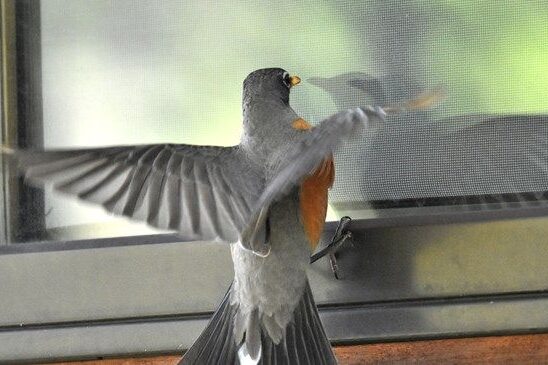
Every year, up to a billion birds in North America die from crashing into glass windows. Birds simply don’t understand reflections, they see sky, trees, or open space and try to fly through. Large glass panels on modern homes are especially dangerous, turning familiar habitats into deadly traps. The heartbreaking part is how common these accidents are, even in suburban backyards. But solutions are simple and effective. Homeowners can apply bird-safe decals, hang mosquito screens, or use UV-reflective film that breaks up the illusion without ruining the view. Even a few patterned sticky dots across the window can dramatically reduce strikes. By making your windows more visible to birds, you can help save countless lives without giving up natural light.
2. Outdoor cats
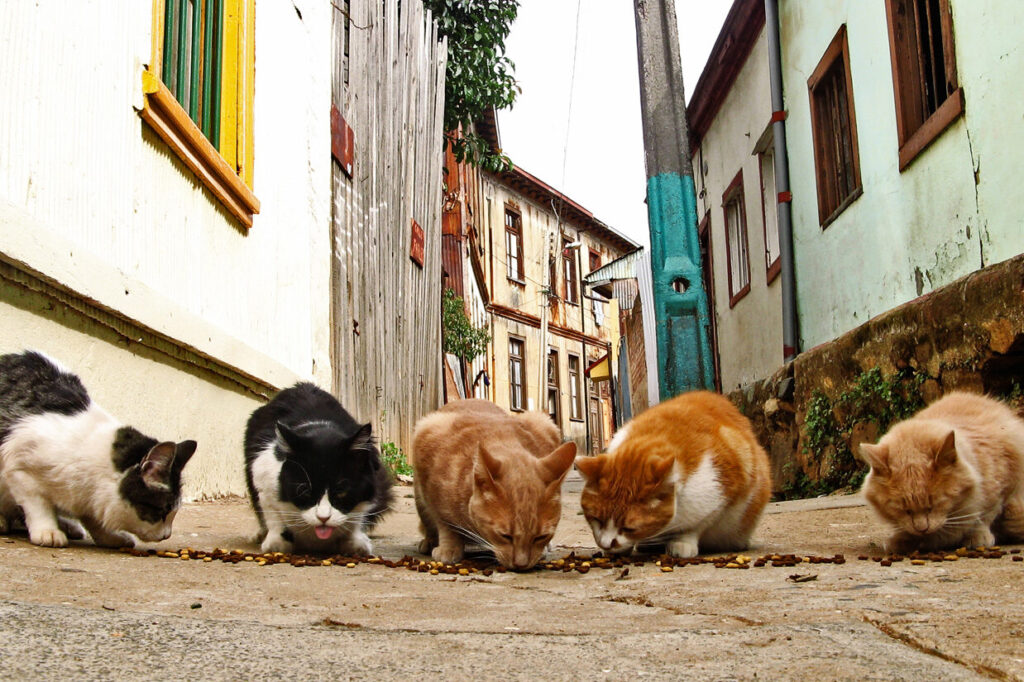
Cats are beloved pets, but when allowed to roam outdoors, they become one of the biggest human-related threats to bird populations. In the U.S. alone, cats kill an estimated 2.4 billion birds every year, from fledgling robins in backyards to ground-nesting species in rural areas. Even well-fed pets hunt instinctively, leaving local bird populations under constant pressure. Fortunately, this problem has clear solutions. Keeping cats indoors protects not just birds but also the cats themselves from disease, traffic, and predators. For those who want their pets to enjoy the outdoors, “catios”, enclosed patios for cats, offer a safe middle ground. With a little effort, bird lovers can keep both their pets and local wildlife thriving.
3. Rodenticides
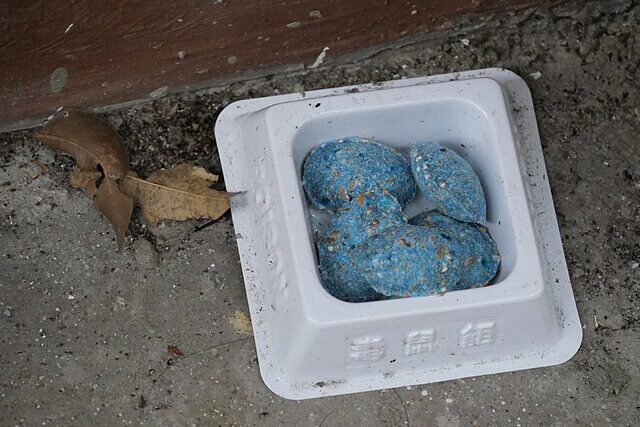
Poisons designed to kill rats and mice often create ripple effects that harm birds of prey like owls, hawks, and eagles. When a rodent eats bait laced with rodenticide, the toxin lingers in its bloodstream. Predators that swoop in for an easy meal absorb the poison too, sometimes leading to slow and painful deaths. This unintended consequence disrupts natural pest control, since these birds are essential for keeping rodent numbers in check. The better solution is integrated pest management, using snap traps, sealing food sources, and cleaning up waste that attracts rodents in the first place. By avoiding chemical shortcuts, homeowners not only manage pests effectively but also protect the very raptors that help keep ecosystems in balance.
4. Pesticides
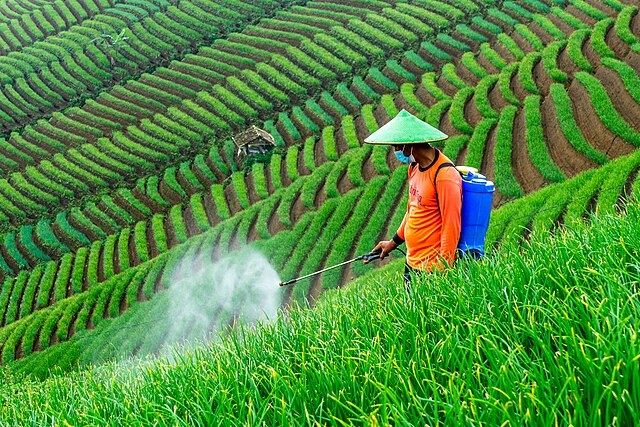
Chemical sprays meant to kill insects often harm birds directly or indirectly by wiping out their food sources. Many songbirds, especially during nesting season, rely heavily on caterpillars and other soft-bodied insects to feed their chicks. When pesticides eliminate these bugs, young birds go hungry and populations decline. Worse, birds that eat poisoned insects can suffer neurological damage or even death. A healthier alternative is to minimize pesticide use and cultivate native plants, which naturally attract a diverse insect population. This creates a self-sustaining food chain where birds and bugs balance each other. A yard buzzing with pollinators and alive with bird calls is far more rewarding than one stripped bare by chemicals.
5. Oil-based paints

Fresh paint on a house or shed may seem harmless, but oil-based and high-VOC paints release toxic fumes that affect nesting birds nearby. When applied outdoors during breeding season, the vapors can expose vulnerable adults and chicks to harmful chemicals. Residues that linger in soil or on surfaces add to the risk. Birds that nest in vents, eaves, or wall crevices are especially vulnerable since they live so close to human construction zones. The safer choice is using water-based or low-VOC paints, which are far less harmful. Timing also matters, avoiding big painting projects in spring and summer reduces the chance of disrupting nesting birds. Small changes in home maintenance can make a big difference for wildlife.
6. Plastic bags
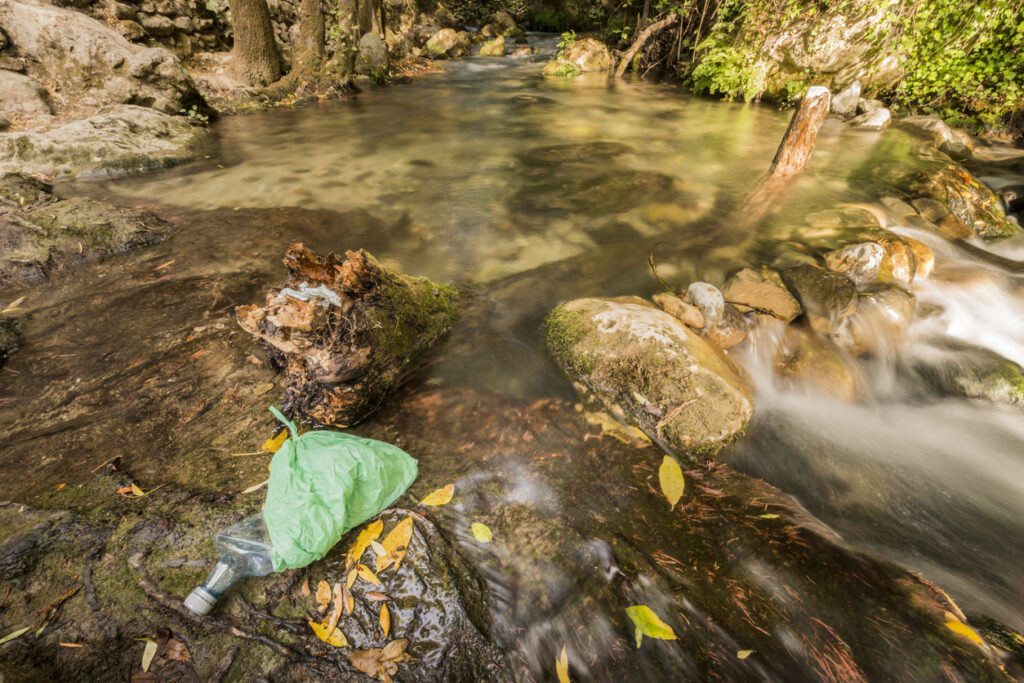
Lightweight and easily blown by the wind, plastic bags often end up in rivers, lakes, and oceans where birds mistake them for food. Seabirds, gulls, and scavengers are especially vulnerable, swallowing bags that clog their digestive systems and eventually cause starvation. Others become tangled, leaving them unable to fly or forage. These accidents are tragically common and entirely preventable. The solution is simple: avoid single-use plastic bags whenever possible, choose reusable alternatives, and dispose of any plastic properly. Even one less bag floating around means fewer risks for wildlife. Community cleanups can also make a huge difference, keeping these hazards out of bird habitats.
7. Bright outdoor lights

Artificial light may seem harmless, but for migrating birds that navigate by stars, it can be deadly. Drawn to bright urban skylines or porch lights, they often become disoriented and circle until they collapse from exhaustion or collide with buildings. This problem peaks during spring and fall migration, when millions of birds travel across cities at night. Homeowners can help by switching off nonessential lights, installing motion sensors, and using shielded fixtures that direct beams downward instead of skyward. Even dimming lights during migration periods can save countless birds, making the night sky safer for their long journeys.
8. Wind turbines

Wind power is a clean energy solution, but when turbines are placed in the wrong locations, they become a hazard for birds. Migratory flyways, wetlands, and areas near nesting sites are particularly risky. Studies show that thousands of birds die each year from collisions with poorly sited turbines. However, technology and planning can reduce these numbers significantly. Modern turbine designs, improved siting away from sensitive areas, and careful environmental assessments make renewable energy more wildlife-friendly. Supporting policies that prioritize both clean energy and conservation ensures we don’t solve one problem while creating another.
9. Fishing lines and nets

Discarded fishing gear is a hidden killer for waterbirds and shorebirds. Loose lines, hooks, and old nets often entangle wings or legs, leaving birds unable to fly or feed. Many drown after diving for fish or starve when trapped. Pelicans, herons, and gulls are among the most affected. Responsible anglers can make a big difference by packing out all used line and tackle and using designated disposal bins. Participating in or organizing waterway cleanups also prevents abandoned gear from harming wildlife. Small steps like these protect birds while keeping local fishing spots healthier for everyone.
10. Lead ammunition
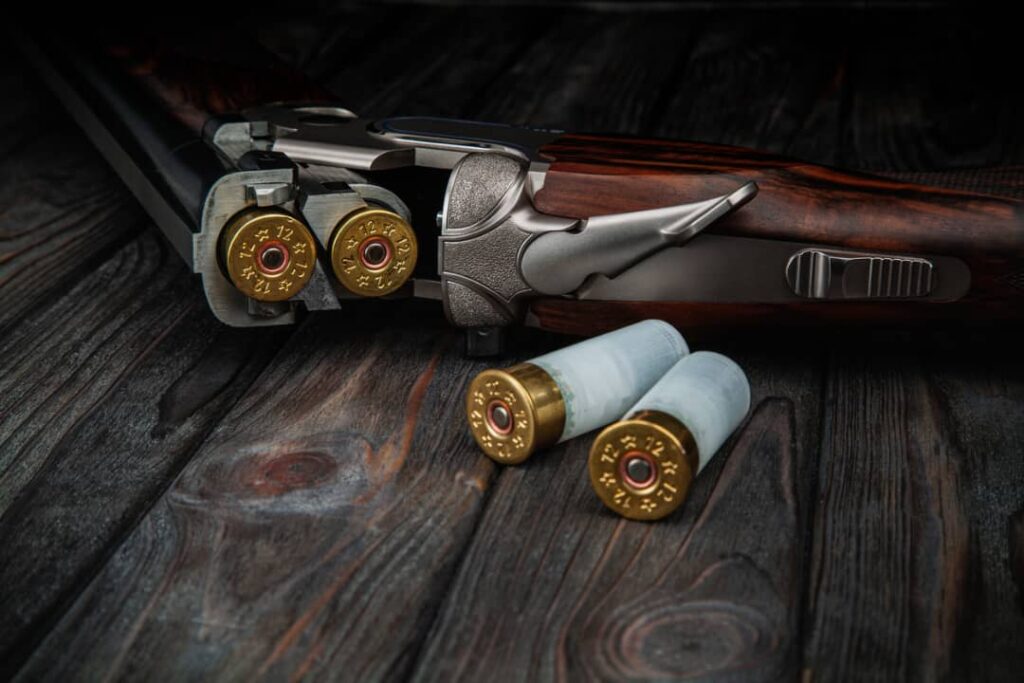
Hunters who use lead bullets or shot may not realize that tiny fragments left behind in carcasses are deadly for scavenging birds. Eagles, vultures, and ravens often ingest these fragments, and even trace amounts of lead can cause fatal poisoning. Symptoms include weakness, inability to fly, and eventually death. The good news is that alternatives like copper or steel ammunition are widely available and just as effective for hunting. Many sportsmen and women have already made the switch with no loss in performance. Choosing lead-free options is an easy way to protect raptors and keep ecosystems healthier.
11. Balloon releases

Letting balloons float into the sky might look festive, but what goes up always comes down. Once deflated, balloons and their strings fall into rivers, forests, and coastlines where they become dangerous debris. Birds may mistake balloon fragments for food, which clogs their stomachs and causes slow starvation. Others get tangled in the attached ribbons, leaving them unable to fly or feed. The harm is long-lasting, since balloons don’t break down quickly. Luckily, safer alternatives exist, like bubbles, flags, or paper decorations, that let people celebrate without leaving harmful litter behind. Choosing these options keeps the party fun while sparing wildlife unnecessary suffering.
12. Garden netting
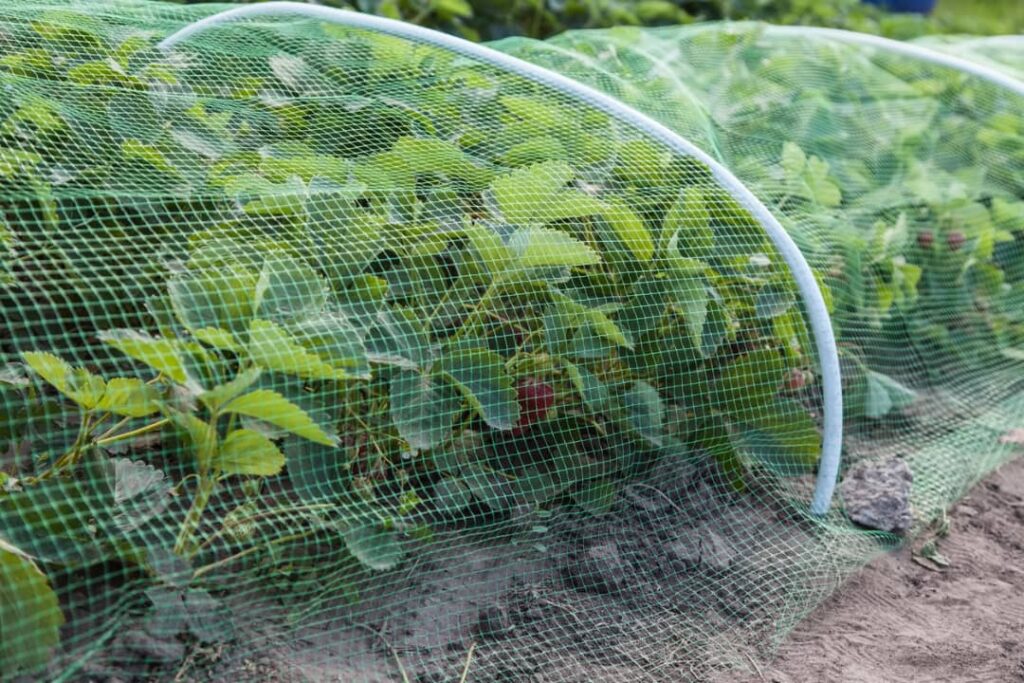
Protecting fruit trees and plants with netting is common, but loose or wide-mesh designs can become deadly traps for birds. They often attempt to reach berries or insects inside, only to get wings, feet, or necks caught in the mesh. Many die slowly from exhaustion or injury. Gardeners can avoid this by using tightly woven netting, pulling it taut over frames, or opting for lightweight row covers instead. These alternatives protect crops while letting birds continue to coexist safely in the garden. A little extra care ensures that homegrown harvests don’t come at the expense of neighborhood wildlife.
13. Open chimneys
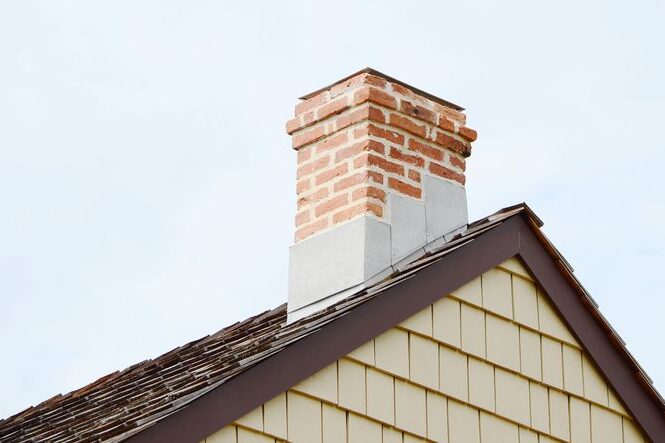
Chimneys can resemble hollow trees to birds searching for a nesting site or a safe perch. Unfortunately, once they enter, most can’t climb back out. Many become trapped and die from exhaustion or exposure, while those caught during active fireplace use face smoke inhalation or burns. The solution is simple: installing a chimney cap prevents birds and other animals from getting inside without blocking ventilation. Regularly checking the flue before lighting fires, especially in spring and summer, adds extra protection. This small home improvement spares countless birds while keeping chimneys cleaner and safer for homeowners too.
14. Lawn chemicals

Fertilizers, herbicides, and fungicides used on lawns may keep grass green, but they carry hidden risks for birds. These chemicals seep into soil and water, harming insects that birds rely on for food. Ground feeders like robins and sparrows are especially vulnerable, either by eating contaminated bugs or absorbing toxins directly. Over time, chemical-heavy lawns create sterile environments where wildlife struggles to survive. The good news is that eco-friendly alternatives exist: compost, natural mulch, and allowing clover or native plants to grow provide healthier yards. These choices reduce chemical runoff and create spaces where both people and birds can thrive.
15. Antifreeze

Antifreeze spills may not seem like a big deal, but they pose a deadly risk to wildlife. Ethylene glycol, the main ingredient in many antifreeze products, has a sweet smell and taste that attracts birds and animals. Just a few drops can cause kidney failure and death. Birds that drink from puddles near driveways or garages are especially at risk. Prevention is straightforward, store antifreeze securely, clean up any spills immediately, and consider switching to propylene glycol-based alternatives, which are far less toxic. By taking these precautions, you can protect birds and other animals from an often-overlooked but preventable danger
This story 15 Surprising Ways You’re Harming Birds Without Realizing It (And How to Stop) was first published on Daily FETCH


